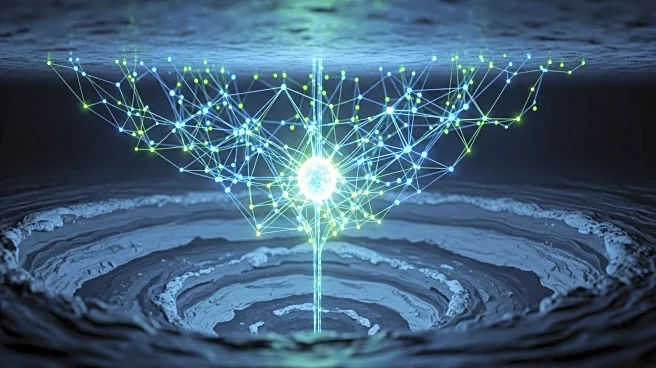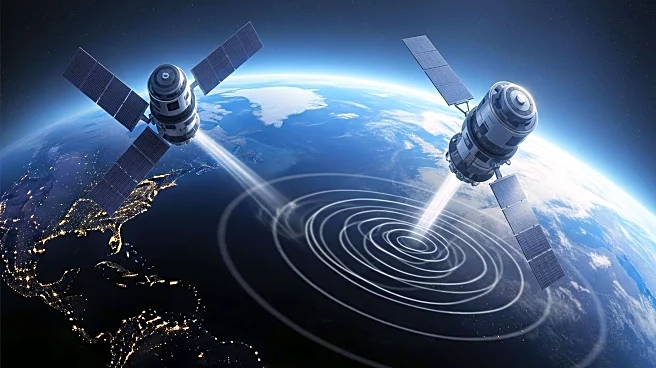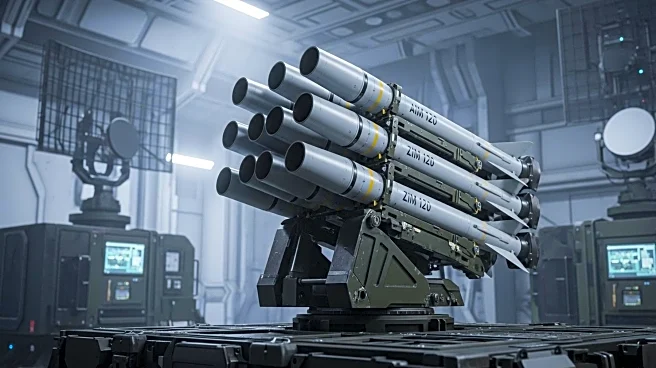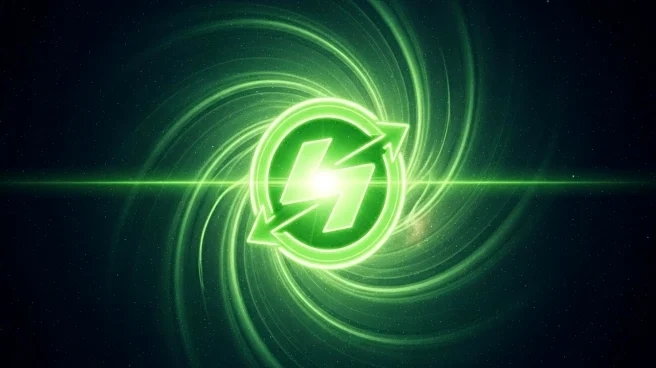What's Happening?
A study has applied multiple machine learning algorithms to predict lithofacies in the Lower Goru Formation of the Lower Indus Basin, Pakistan. The research utilized algorithms such as Support Vector Machine, Random Forest, and Decision Tree to model and predict lithological units based on well log data. The study found that these algorithms effectively captured the complex lithological patterns, with Random Forest and Decision Tree showing superior performance. The research highlights the potential of machine learning to improve geological data interpretation, particularly in areas with significant lithological heterogeneity.
Why It's Important?
The application of machine learning in lithofacies prediction represents a significant advancement in geological sciences, offering more accurate and efficient methods for subsurface characterization. This has implications for the oil and gas industry, where accurate lithology prediction can enhance exploration and production activities, leading to better resource management and reduced operational costs. The ability to automate and improve lithology interpretation could streamline workflows and decision-making processes, ultimately increasing productivity and cost-effectiveness.
What's Next?
Future research may focus on refining these machine learning models to further enhance their accuracy and applicability across different geological settings. There is potential for integrating these models with other geophysical data sources, such as seismic surveys, to provide a more comprehensive understanding of subsurface properties. The continued development and validation of these models could facilitate their adoption by industry stakeholders, driving innovation in subsurface exploration and hydrocarbon recovery.












